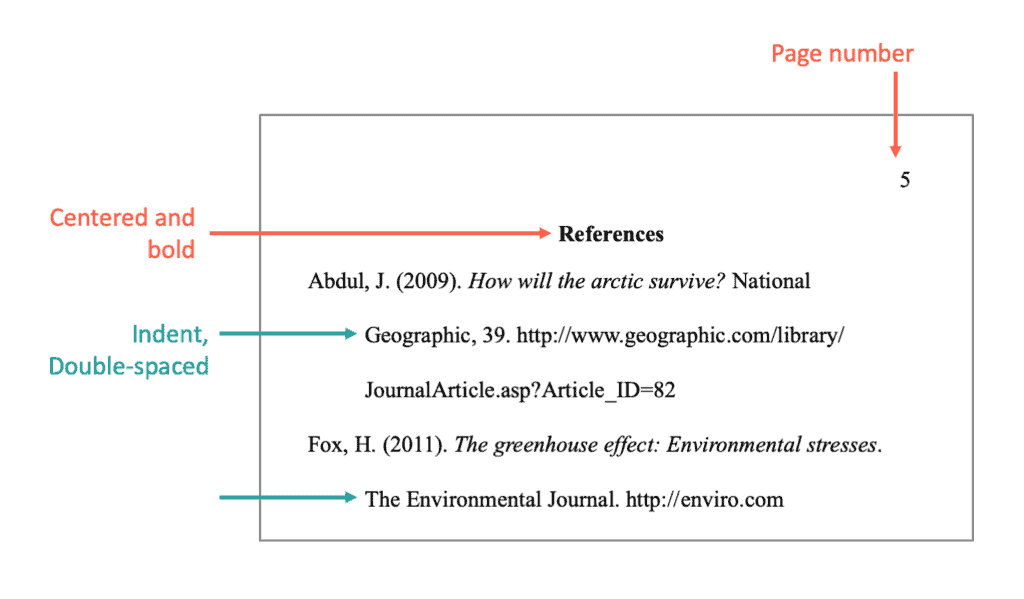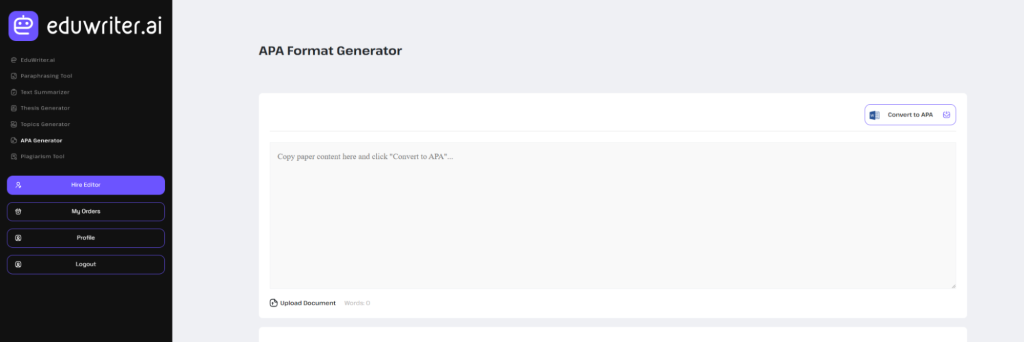
To avoid plagiarism, you must learn how to cite sources properly, especially in academic writing. Do not worry; we are here to assist you in familiarizing yourself with the APA, MLA, and Chicago referencing styles.
Knowing about these famous citation styles is necessary to cite source materials effectively. In this blog, we will discuss every approach to simplify your citing process with the help of practical examples.

Three famous citation styles help to adjust the writing depending on an academic or professional field – APA, MLA, and Chicago.
American Psychological Association (APA) style, which applies an author-date citation system for in-text references, is the norm used most of the time. This citation style is specially designed for all levels of social sciences disciplines.
MLA style is expected in humanities as it utilizes an uncomplicated author-page number format for its general citation type.
The Chicago style offers two central systems: the author-date system used in social sciences and notes and bibliography applicable to arts and humanities.
All styles have specific conventions regarding formatting citations, including author citation, title citing, and page number. Understanding and using these citation styles is essential as they help maintain academic ethics and make it easy for a scholar reading your work to identify the proof for your claims.

A citation is a way to let your reader know that any specific content in the write-up comes from another source. A citation helps your readers navigate the details required to rediscover that source by providing the following information:

The general format for APA citations follows the author-date style, providing brief information within the text to direct readers to the corresponding entry in the references list.
In APA, in-text citations have the author-date format that includes their last name and year of publication separated by a comma. In addition, if a direct quote or providing specific information is made and it involves mention of page number in cases materials are printed or time stamp in case they were viewed online, then one writes the abbreviation p. for single page numerals during pp. Refers to more than two consecutive pages. Paras stands for more than two successive paragraphs within an article.
When quoting from books with several volumes for paragraphs. There is no need to include a location when general information, such as an idea, repeatedly appears in literature.
Format Example: (Last Name, Year, page number)
Live Example: (Goldacre, 2008, p. 60)
APA citation of an article contains the author’s last name and the initial letter of the first name, full date from publication – month with a day if given -title, or article link. APA does not use abbreviations for names of months.
Format Example: Last name, First name initial. (Year, Month, Day of publication). Article title. Magazine name, volume(issue), page range. DOI
Live Example: Cardanay, A. (2024, January 12). Illustrating motion, music, and story. General Music Today, 29(3), 25–29. doi: 10111177/1048371315626498

In MLA (Modern Language Association) style, in-text citations provide brief information within the text to direct readers to the corresponding entry on the works cited page.
In the case of MLA, in-text citations are just an author’s last name and page number or timestamp without any abbreviations or commas.
Format Example: (Last name #)
Live Example: (Goldacre 60)
In MLA, to reference a website, include the page or article title in quotation marks and the site’s name in italics. Also, write “accessed” followed by the day, month, or year you visited the source you cite in MLA format.
Format Example: Last name, First name. ‘Page or Article Title’ Website, Day Month Year such as Page in the Web URL Accessed Day Month Year.
Live Example: Doe, John. “Learn about Leadership.” EduWriter, 12 Nov. 2023, https: //www.examplesite.com/sites/johndoe/2023/11/12/what-taylor-swift-can-teach-us-about-leadership/. Accessed 13 Nov. 2023.

In Chicago style, there are two central systems for citing sources within the text: the author-date system and the notes and bibliography system.
Parenthetical citations or footnotes will be an option in Chicago citations. Parenthetical citations in Chicago are similar to APA citing style and works using the – author-date approach.
The comma is lacking between author and year, although there is a gap before location information after publishers’ names. Page number abbreviations are not used in Chicago citations.
Format Example: (Last Name Year, #)
Live Example: (Goldacre 2008, p. 60)
The in-text citation of an article in Chicago is very similar to that used within MLA, whereby the type of information and abbreviations are concerned. You should carefully note how the citations are made for total order and punctuation only to observe that with Chicago citations without commas.
Format Example: Last name, First name. ‘Title of the article,’ Journal vol.#, no. # (Year): page number to and from. Database or article URL.
Live Example: Doe, John. “Best Citation Generator”. General Music Today 29. 3 (2023): 25–29. Random Publication. Randomwebsite.com

EduWriter shines as the number one APA and MLA citation generator, utilizing state-of-the-art artificial intelligence to ensure you get your citations right. This is a very user friendly tool that takes away the burden of producing accurate citations as per your preferred citation style.
With the stroke of your mouse, EduWriter creates reliable and accurate citations that guarantee nothing short of an incredible final written academic project that is fully compliant with the APA or MLA formatting guide.
This AI-based tool saves you the burden of manually citing sources and lets your work shine without interrupting its flow, all thanks to the perfectly referenced text. Select EduWriter APA Format Generator to create citation pages that are correctly cited. Proper citation ensures that the quoted facts can be easily tracked back to their author.
Note: EduWriter also features an Online Paraphraser Tool that uses the power of AI to quickly and effectively paraphrase provided text to remove plagiarism and bypass AI detectors.

EduWriter’s APA and MLA citation generator, hosted on the eduwriter.ai website, uses modern algorithms to create precise and accurate references based on free documents uploaded by researchers.
Step 1: Once you submit your document, our AI-powered tool will scan it and create authors’ names, publication dates, titles, and page numbers based on the content of the article/document.
Step 2: Using its vast database and familiarity with APA and MLA parameters, EduWriter properly aligns these components to the desired citation format. You can download the properly APA generated document with all the reference for FREE using this amazing APA Generator tool.
With EduWriter’s superior technology, your citations match the unique guidelines of APA, MLA, and Chicago referencing so that punctuation and formatting properly comply with sequencing.
You save time and effort through such an automated system and have minimal chances of making errors because you are sure that the citation tools will always produce zero unoriginal content papers for all your academic or research documents.